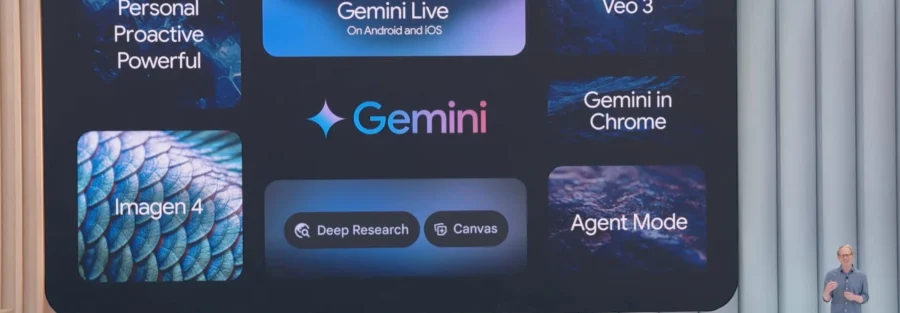At the recent Google I/O 2025 event, Google introduced Veo 3, its most advanced AI model for video generation to date. Building on the capabilities of its predecessors, Veo 3 not only generates stunning high-quality visuals but now includes synchronized audio—dialogue, ambient sounds, and sound effects—all from a simple text prompt. This marks a significant leap in AI’s ability to produce fully immersive, lifelike video content.
Key Features of Veo 3
-
Synchronized Audio Generation
Veo 3 can create videos with natural-sounding audio, including voice, background noise, and effects, automatically matched to the visual scene. This brings a new level of realism to AI-generated content. -
Enhanced Visual Realism
The model maintains consistent character and object appearances, accurate lip-syncing, and realistic physics throughout a video. The result is output that closely resembles footage captured by real-world cameras. -
User-Friendly Interface
Designed for accessibility, Veo 3 is intuitive enough for casual users, yet powerful enough for creative professionals. Users don’t need specialized technical skills to generate compelling, high-quality video content.
Implications for the Creative Industry
Veo 3’s launch has stirred both excitement and debate within the creative community. Its ability to streamline video production at scale is seen by many as a game-changer, especially for independent creators, marketers, and educators. However, it also raises questions about the future role of traditional production teams, editors, and even voice actors.
Some experts see this as a democratization of content creation, giving more people the tools to visually express ideas, stories, or products without the need for expensive gear or large teams. As with past technological shifts, adaptation and thoughtful integration will be key.
Access and Availability
Veo 3 is currently available to select users in the U.S. through Google’s AI Ultra plan. The platform currently supports generating short videos (up to 8 seconds) with full audio, providing an early glimpse into the power of generative video with sound. Wider access is expected as the technology matures and more use cases emerge.
Google’s Veo 3 represents a pivotal moment for AI-generated media. By combining video and audio generation into a single cohesive system, it opens new doors for storytelling, education, marketing, and more. As we look ahead, balancing such rapid innovation with ethical, creative, and professional considerations will be essential.
TTR Group will continue to follow this space closely as we explore how Veo 3 and other advanced AI tools can transform industries, unlock new creative workflows, and expand the boundaries of digital expression.





